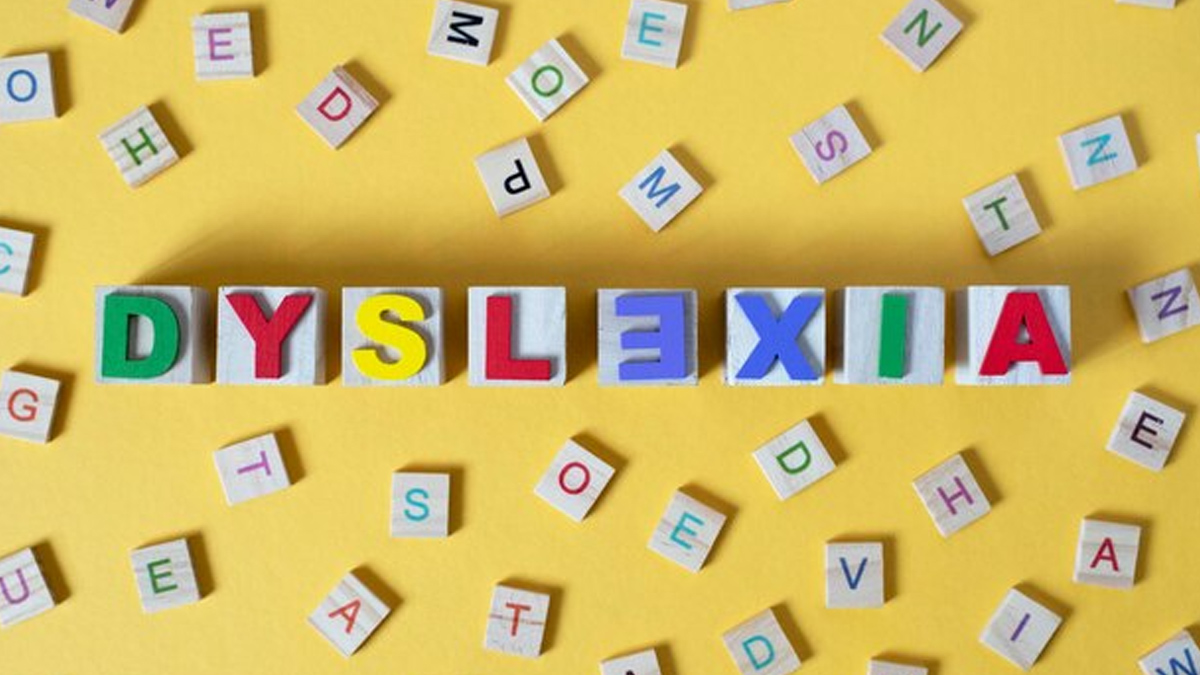
Learning disorders like dyscalculia and dyslexia impact millions of individuals globally, often causing challenges in school and daily life. Despite their prevalence, these conditions are frequently misunderstood or misdiagnosed. While both affect learning, they target different areas of cognitive function, dyscalculia affects numerical understanding, while dyslexia impacts reading and language processing. Below, are key differences between dyscalculia and dyslexia, their symptoms, diagnosis, and the importance of early intervention.
Table of Content:-
RELATED: Helping Kids Conquer the Fear of Failure: Expert Strategies Every Parent and Teacher Should Know
What Is Dyscalculia?

According to WebMD, dyscalculia is a learning disability that specifically affects a person’s ability to understand and work with numbers. Unlike occasional struggles with mathematics, dyscalculia is a persistent issue that often appears in individuals who excel in other subjects.
Research shows that up to 7% of elementary school students may have dyscalculia, making it as common as dyslexia. However, it is less widely recognised and often referred to as “math dyslexia,” a term that inaccurately portrays its unique nature.
Symptoms and Challenges of Dyscalculia
Dyscalculia presents a variety of challenges, including difficulty with,
- Basic arithmetic
- Understanding numerical concepts
- Remembering math facts
- Performing calculations
The condition can also persist into adulthood, affecting essential everyday tasks such as,
- Grocery shopping
- Cooking and following recipes
- Budgeting and managing money
- Arriving at appointments on time
How Is Dyscalculia Diagnosed?
Diagnosing dyscalculia requires a multi-step process. Initially, medical and family history is assessed to rule out physical conditions or other underlying factors. Children are typically evaluated by a team of specialists, including psychologists and educators, while adults may consult a psychologist. Testing focuses on identifying specific difficulties with numbers and determining whether they meet the criteria for a dyscalculia diagnosis.
What Is Dyslexia?

According to the Cleveland Clinic, dyslexia is another common learning disorder, but unlike dyscalculia, it impacts reading and language processing. Dyslexia involves difficulty recognising speech sounds and understanding how they relate to letters and words.
Unlike what some may believe, dyslexia is not caused by low intelligence, poor hearing, or vision problems. It is rooted in differences in the brain’s language processing centres.
Symptoms and Signs of Dyslexia
Dyslexia can manifest differently depending on age. Early signs in young children include,
- Delayed speech development
- Difficulty learning new words
- Mixing up sounds in words
- Problems remembering or naming colours, letters, or numbers
- Struggling to learn nursery rhymes or rhyming games
For school-aged children, teachers are often the first to notice issues as students begin learning to read. As demands increase with age, undiagnosed dyslexia can lead to significant struggles with literacy and academic performance.
Diagnosis and Intervention for Dyslexia
-1737460308812.jpg)
Early testing is crucial for children suspected of having dyslexia. Schools may recommend evaluations by educational psychologists to identify specific challenges and suggest appropriate interventions. Early diagnosis allows children to begin tailored reading programmes, which are essential for improving literacy skills.
How Dyscalculia and Dyslexia Differ
- While both dyscalculia and dyslexia are classified as learning disorders, their effects differ significantly.
- Dyscalculia affects mathematical reasoning, while dyslexia impacts reading and language processing.
- Dyscalculia interferes with tasks like budgeting or time management, while dyslexia primarily affects reading, writing, and comprehension.
- Dyscalculia often requires medical and psychological evaluations to rule out other conditions, while dyslexia is typically identified through literacy challenges observed by teachers or specialists.
Why Early Diagnosis Matters?
Early intervention plays a critical role in managing both dyscalculia and dyslexia. Children diagnosed at an early age can benefit from specialised support, including tutoring, tailored learning programmes, and emotional guidance. These interventions help build skills that allow them to succeed academically and navigate daily challenges with confidence.
Conclusion
Dyscalculia and dyslexia are distinct learning disorders that require tailored approaches for diagnosis and intervention. Understanding their differences is key to providing effective support and ensuring individuals can overcome challenges to reach their full potential. By raising awareness and fostering early intervention, families, educators, and healthcare professionals can create an environment where those with learning disabilities can thrive.
Also watch this video
How we keep this article up to date:
We work with experts and keep a close eye on the latest in health and wellness. Whenever there is a new research or helpful information, we update our articles with accurate and useful advice.
Current Version